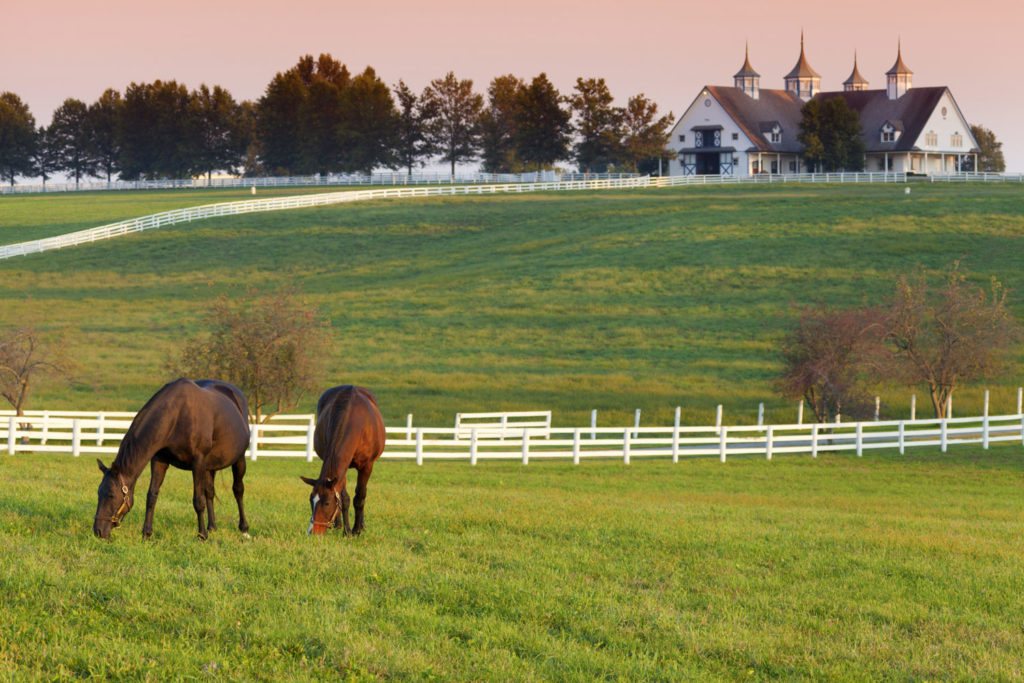
When managing a large equestrian facility, it can be challenging to give each horse individualized care while remaining efficient with operations and sticking to a budget. However, it is important to remember that each horse’s needs must be met to maintain their health and welfare. Linda Hitt and her husband, Jim, own Gambel Oaks Equestrian Center in Elizabeth, Colorado, 45 miles southeast of Denver. On their 15-acre property they board and train 50 head of horses, a mix of Arabians, Half– Arabians, Quarter horses, and other breeds in both English and Western disciplines as well as for versatility ranch horses. Both Jim and Linda help oversee the barn and its needs; Linda manages the business side and the books.
Hire Quality People for Your Farm
“You’ve got to have really good help,” says Linda Hitt. “You have to find the right person for the right job. I have an exceptional person who takes care of all the feeding and can repair anything. He oversees all the horse’s individual medications and does a tremendous job of keeping up with them.” Hire qualified people, make sure they are suited to the job, and treat them well. The Hitts have three full-time staff members which includes an assistant trainer and on Sundays, the day off for staff, a part-time crew comes in to care for the horses. Each staff member has their own clearly defined responsibilities to increase efficiency and minimize confusion when caring for the horses.
Individualizing Horse Feed Programs
“Most of the time at barns like ours you have employees who are managing feeding and medications, so you need to have attentive staff that pay strict attention to details,” says Hitt who has several horses on a variety of medications and supplements. She also keeps a feed card at each horse’s stall, so all staff members know what that individual horse eats.
The Hitts feed three times a day; hay in morning and evening and a ration balancer or concentrate feed (if needed) with supplements and medications at lunch. “If people want their horses on supplements, they have to purchase them themselves, either prepackaged (as daily doses) or package them up themselves.”
Working with Horse Owners
Managing a large group of horses also involves managing their owners. “There’s always the component of managing people,” says Hitt. “We have a good clientele mix, but there are always people you must remind about the rules.” Communication is key and can be cultivated through signs posted around the barn, email communication, or verbal conversations. Hitt explains that if there’s a problem with a horse or owner, they address it as soon as possible.
“The simpler things can be the better,” summarizes Hitt. Streamlining processes as much as possible can help reduce the likelihood of mistakes and increase productivity.
Take-Home Message
Keeping horses healthy at a large facility comes down to some key points: find good help and give them jobs where they can be successful, make feeding time as simple and organized as possible, and manage people and expectations by having clear and specific rules that keep things as straight forward as possible.


